Sahel Monitoring May 2025
This is the first entry in a new series analysing the threat environment in the Sahel region based on terrorist propaganda output by Jama'a Nusrat ul-Islam wa’l-Muslimin (JNIM), the Islamic State West Africa (ISWAP), and the Islamic States Sahel Province (ISSP), the three dominant terrorist groups in West Africa. For an analysis of this region between December 2022 and June 2024, see here.
JNIM (129 claims)
In May 2025, Jama'a Nusrat ul-Islam wa’l-Muslimin (JNIM) issued 121 statements: 70 related to Burkina Faso, 44 focused on Mali, eight on Niger and one on Togo. In addition to improvised explosive device (IED) attacks and ambushes intended to disrupt supply lines and halt military patrolling activities, the group has been able to mount pressure on the Alliance of Sahel States (AES) – Mali, Burkina Faso and Niger – by assaulting military bases via nimble, mobile units on motorbikes equipped with machine guns and light weapons. Militants have also been able to storm multiple garrisons and defensive outposts, forcing national armies and pro-government militias to flee. Such operations appear increasingly structured and coordinated, with militants demonstrating their use of unmanned aerial vehicles (UAVs) for monitoring and surveillance purposes. According to some reports, the group has also made use of drones that drop bombs and drones that use first person view (FPV) technology, against which the regular militaries in West Africa have virtually no effective measures.
Indeed, images and videos shared by the group demonstrate that any large assault on armies and militia barracks met no organized resistance, due to their almost non-existent defensive fortifications. On May 11, militants were able to capture two military bases in Burkina Faso, Djibo and Sollé, through superior firepower. During the attack in Djibo, militants repelled a helicopter and a fighter jet that came to support the army using anti-aircraft guns mounted on motorcycles. Both military strongholds rapidly collapsed and both attacks resulted in the death of more than 250 soldiers. On May 13, JNIM assailants seized the Burkinabe army’s outpost in Diapaga, claiming the lives of more than 50 men. In just three days, the military junta in Ouagadougou had to organize a meaningful counterattack to retake the destroyed barracks. Even though two provincial capitals (Djibo and Diapaga, respectively) were established initially to form a defensive line, JNIM fighters have been able to move freely and storm them.
Such coordinated attacks yield multiple results: they allow the group to undermine the morale of the already under-equipped armies and to destroy armoured vehicles. JNIM prefers light pickup trucks with mounted guns and motorbikes due to the terrain's configuration. Consequently, they destroy rather than capture larger armoured vehicles. Occasionally they take prisoners, and above all they seize large quantities of weapons and ammunition, expanding their stock of military resources.
The higher operational tempo of military operations as well as the dispersion of attacks across multiple countries allows JNIM to not only reduce the risk of any potential counterattack by the military juntas, but also to neutralize any meaningful increase in security generated by counter terrorism cooperation between the various militaries and security forces in the AES.
This uncontested freedom of action allows the group to up the ante and attack military checkpoints guarding the entrance to urban settlements, causing chaos within communities to the point that civilians abandon their homes for fear of being harmed.
While the majority of attacks against military installations have taken place in Burkina Faso, Mali has not been spared from disastrous losses either. On May 23, JNIM launched a large-scale assault on a base of the Malian military in Dioura, killing around 40 soldiers and capturing weapons and ammunition as well as setting the equipment on fire that the group did not deem useful.
Alongside the daily updates about attacks, az-Zallaqa media foundation, JNIM’s media branch, continues to showcase the group’s da’wa activities (proselytization) as a way to create bonds with local communities and recruit new fighters among those civilians dissatisfied and oppressed by the military junta and Russian forces. On May 15, the group released a photoset depicting its members holding a public speech in front of locals in Arbinda, the capital of the department of Soum province, with the aim of spreading their version of radical Islam and recruiting new acolytes.
In addition, on Eid al Adha, JNIM published photo sets of its members praying and slaughtering goats in multiple locations in Mali (Arbinda and Macina), Burkina Faso and Niger. This indicates that the governments of the three Sahelian States have been unable to track and hunt down JNIM fighters despite having previously procured low-cost medium-altitude long-endurance (MALE) drones such as the Turkish-made TB-2. Specifically, the deterioration of the security environment is more evident as the military junta that rose to power in 2020 decided to gradually drive out French, European and UN forces (MINUSMA) and substitute them with Russian contractors part of the Wagner Group in late 2021. However, the deployment of Russian contractors – recently replaced by Africa Corps, which are directly under the control of the Russian Ministry of Defense and the GRU – has only worsened the situation as the mercenaries have repeatedly been involved in mass killings of unarmed civilians, exacerbating tensions among communities and causing distrust towards government authorities.
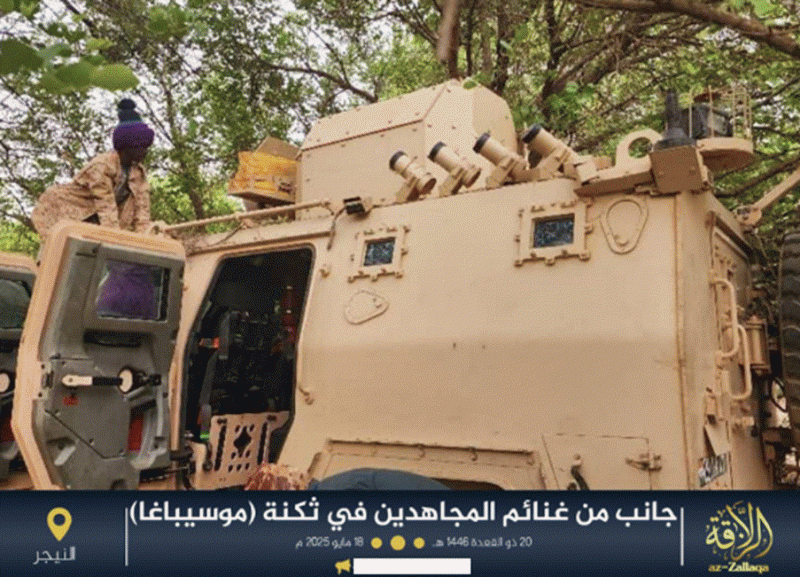

JNIM’s leader in Burkina Faso, Jafar Dicko’s brother, Ousmane Dicko (Uwais Al Ansari), issued statements following the attack in Djibo, where hundreds of soldiers were reportedly killed (JNIM claimed 200). While congratulating the militants for their victory in Djibo, Ousmane Dicko urged civilians to stay away from the army and to leave Djibo. He accused the Burkina Faso army and allied militias of targeting civilians and warned that they would continue to take revenge, stating that “what’s coming is worse.”
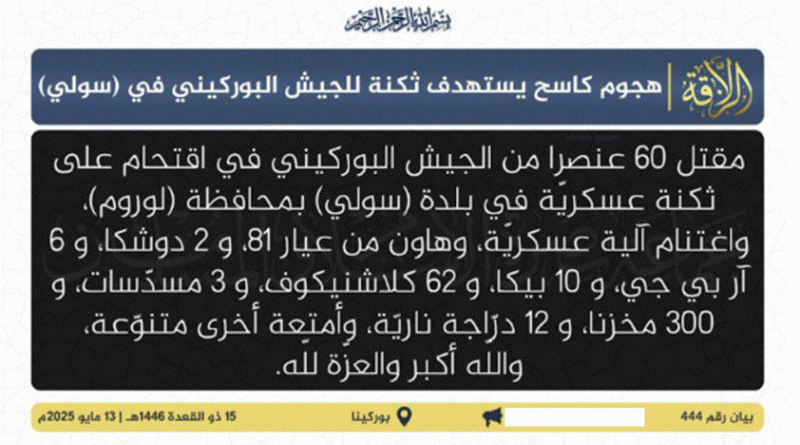
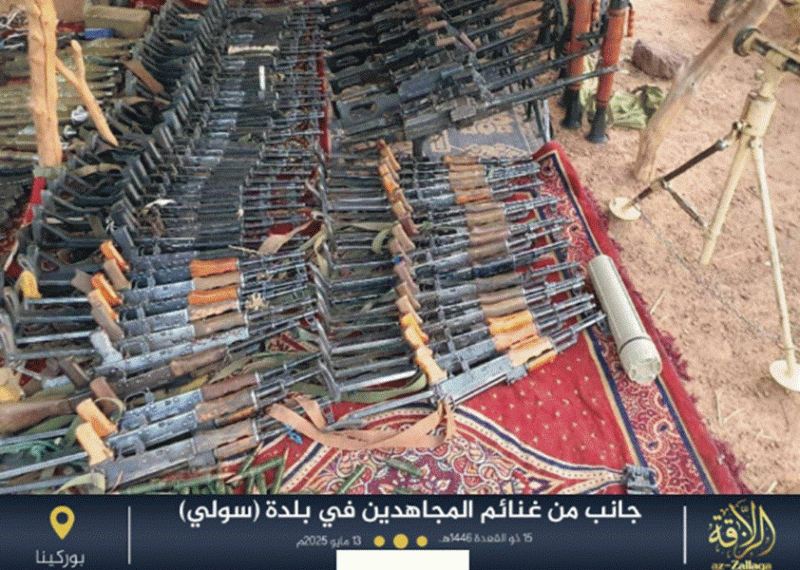
ISWAP (38 claims)
Among the Islamic State’s networks operating in the wider Sahel, the group’s West Africa Province (ISWAP) as usual leads in terms of statements issued during May. Despite releasing claims regarding activities carried out in 3 different countries, Nigeria is the obvious hotspot. Similar to JNIM, ISWAP seems to be better equipped than in the past, pairing its already well-established drone usage with the deployment of agile storming units equipped with night vision devices and foreign trainers from Arab countries as well.
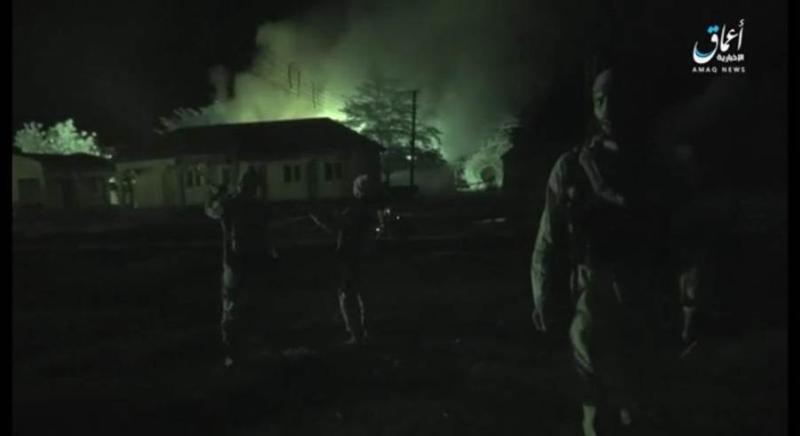
Attack in Damboa on May 23, picture shows a foreign terrorist fighter of unknown origin.
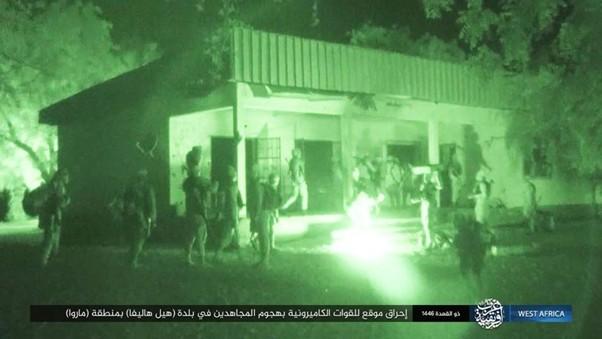
Cameroonian base stormed by ISWAP at night in Hilé Halifa, Maroua region on the 7th of May.
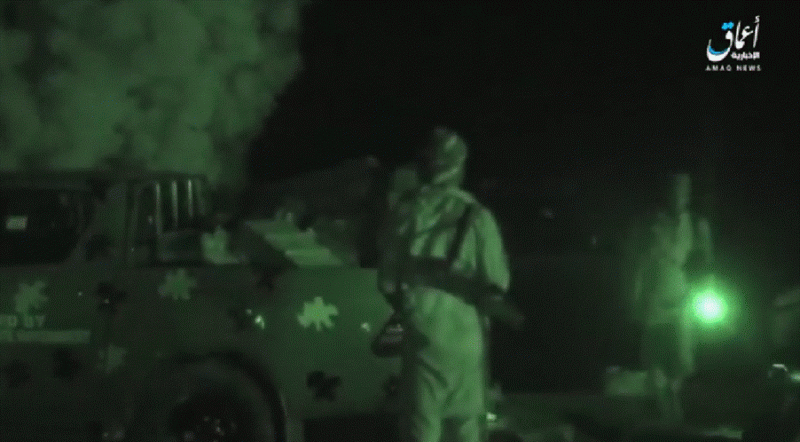
Frame from an A’maq video showing ISWAP militants attacking at night a joint Nigerian-Cameroonian army base in Wolgo, Borno State on the 15th of May.
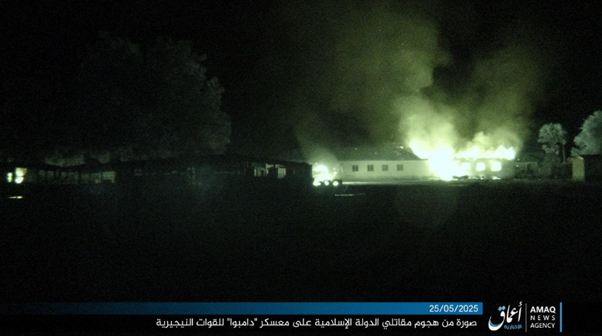
Damboa military camp stormed by ISWAP on the 23rd of May.
These new resources have provided the group with the opportunity to develop effective new tactics. In Borno State, the country’s most northeastern region, Islamist terrorists continue to storm Nigerian Army military bases as part of the “holocaust of the camps” campaign launched 4 months ago (6th March 2025 - Present), effectively nullifying the central government’s “supercamp” strategy.
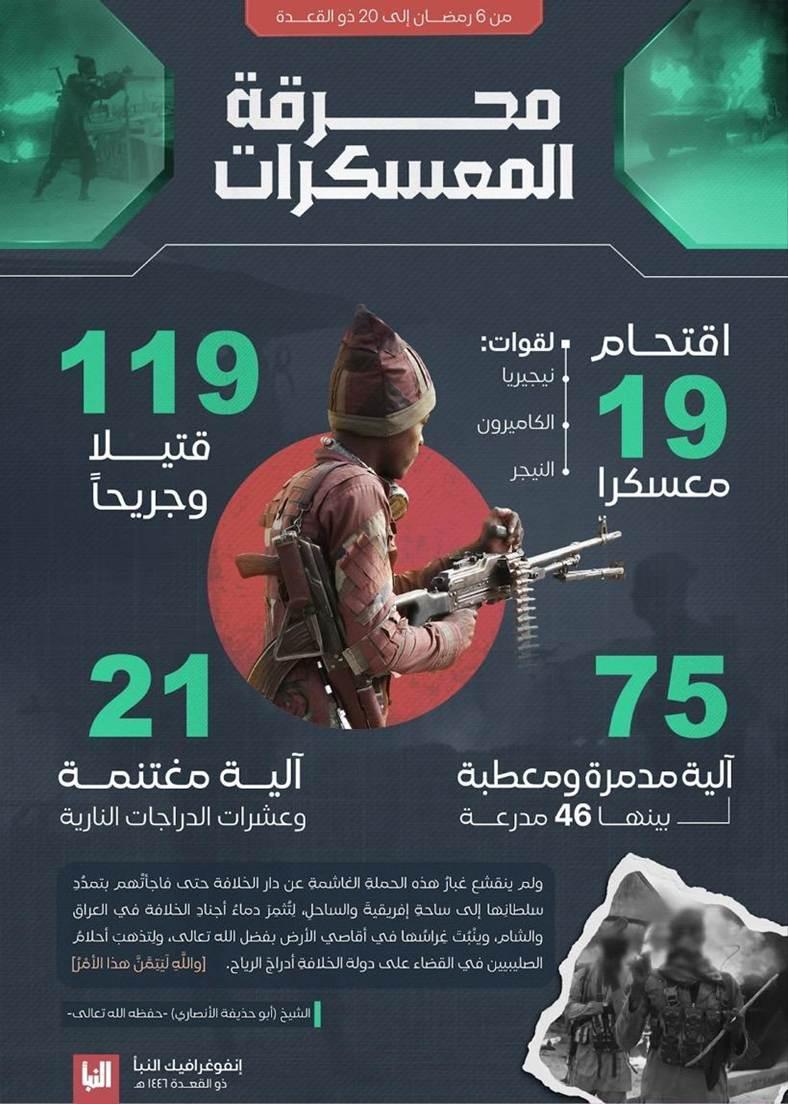
Beyond putting pressure on the capital of Nigeria, Abuja, all these attacks create a serious long-term problem. They are self-sustaining, as ISWAP has been able to accumulate a considerable stockpile of looted weapons, which are subsequently used for future raids and ambushes.
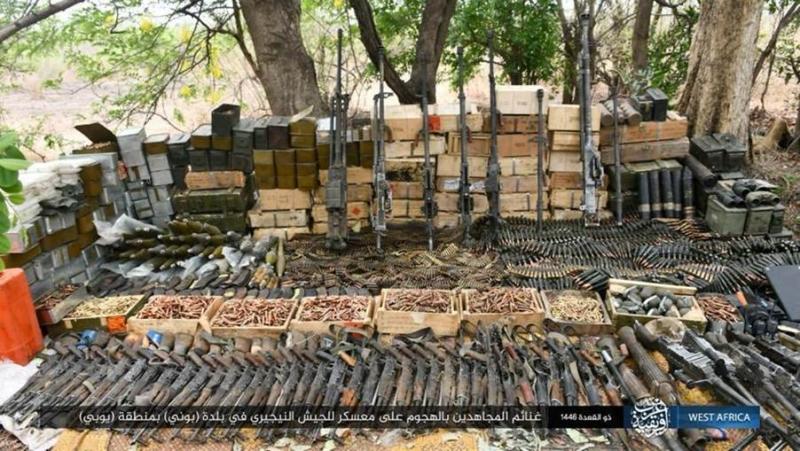
Among all the successful forays of ISWAP into Nigerian security installations, some are noteworthy for their results. On May 11, jihadists overran the 50 Task Force Battalion in New Marte, seizing weapons, a vast amount of ammunition, and dozens of vehicles, in addition to destroying multiple military assets. Over the next five days, ISWAP capitalized on the opportunity to assault additional bases across Borno State, specifically in the government area of New Marte (Dikwa, Rann and Wulgo), resulting in casualties among both Nigeria’s and Cameroon’s armed forces. The month concluded with one last large-scale terrorist assault on a military base in Bita, but this time the Army, under Operation Hadin Kai, was well prepared to face the threat and, with the support of the Nigerian air force, multiple terrorists were killed.
ISSP (12 claims)
The Sahelian branch of the Islamic State (ISSP), despite being less prolific than ISWAP, is an additional source of insecurity for the military juntas of the AES states. While ISSP’s attacks cannot compare to those of its al-Qaeda competitor in terms of frequency or number of victims, they are a serious concern due to their capability to exacerbate tensions and foster increased instability.
In May, the group primarily operated in Niger (10 out of 12 claims), with some residual activity in Mali as well. The majority of ISSP attacks (IED bombings and ambushes) were not in fact directed against large army bases. Nevertheless, the group has proven capable of exploiting the inadequacy of defensive outposts and the unpreparedness of local armed forces and militias. For instance, on Sunday, May 25, militants attacked Special Forces and National Guard positions in the town of Eknewan, Tahoua region. In its propaganda output, the group claimed that at least 40 soldiers were killed, and a barrack was set on fire. The video and photographic material published on the attack by ISSP propaganda outlets also demonstrated that ISSP fighters used GoPro cameras during the attack.

Another notable development is the group’s slow but steady geographic expansion. On May 4, ISSP claimed its first attack in the Dosso region, an area bordering both with Benin and northwestern Nigeria.
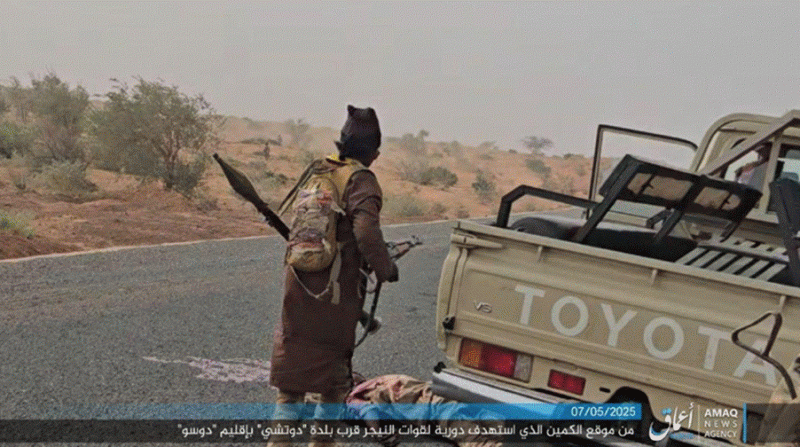
ISSP has recently gained a foothold in the Dosso region in an effort to establish a direct cross-border connection with the operational area established by the so-called “Lukarawa Group” in the Sokoto and Kebbi regions. This is clearly a strategic move at an opportune moment, as the Nigerian government is already struggling to deal with ISWAP’s rampage in Borno State. With government resources already stretched, it is unlikely that the Nigerian forces will be able to simultaneously curtail ISSP’s expansion in the northwestern region of the country.
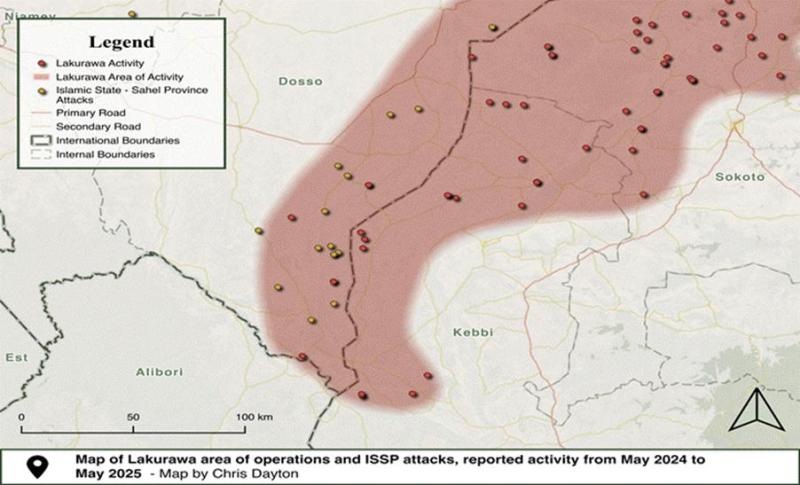
https://moderndiplomacy.eu/2025/06/28/islamic-state-not-lakurawa/

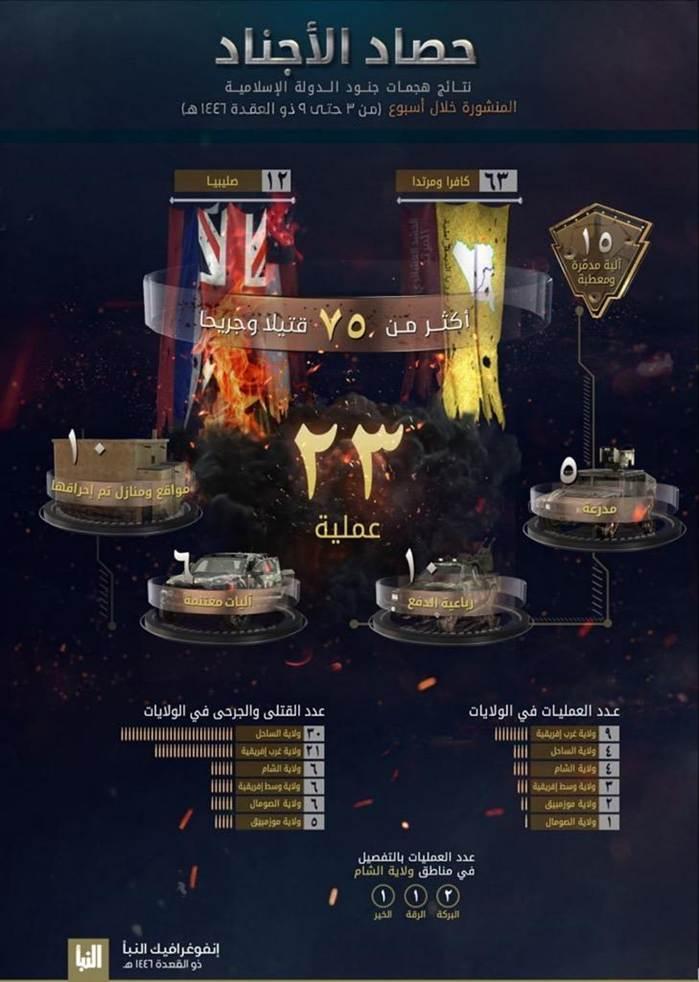

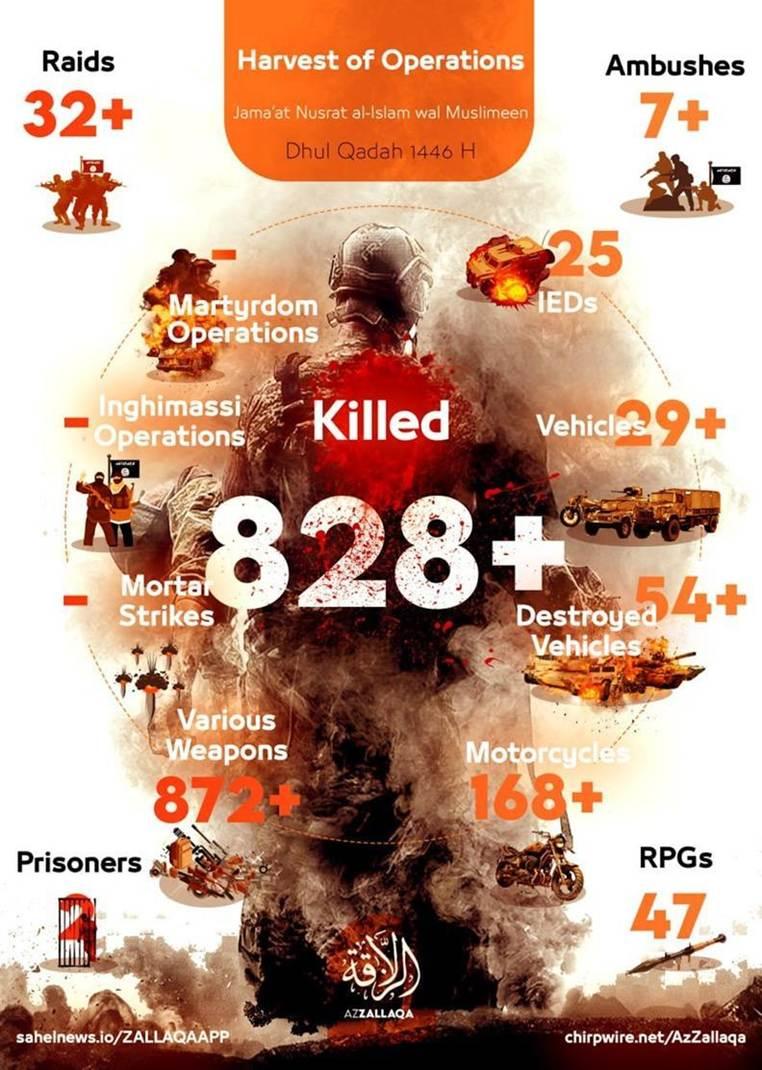
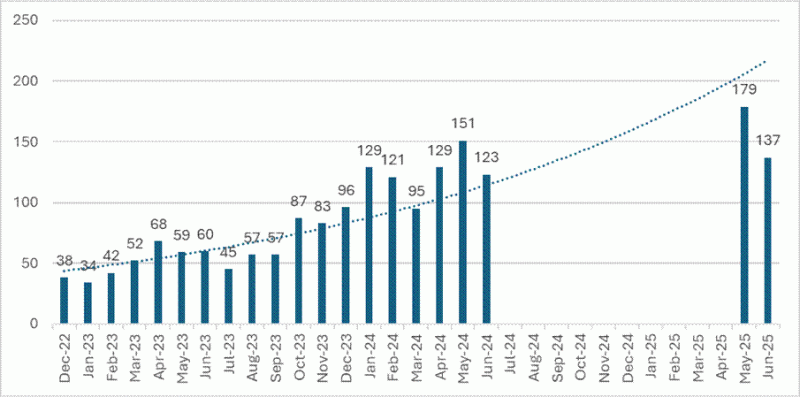
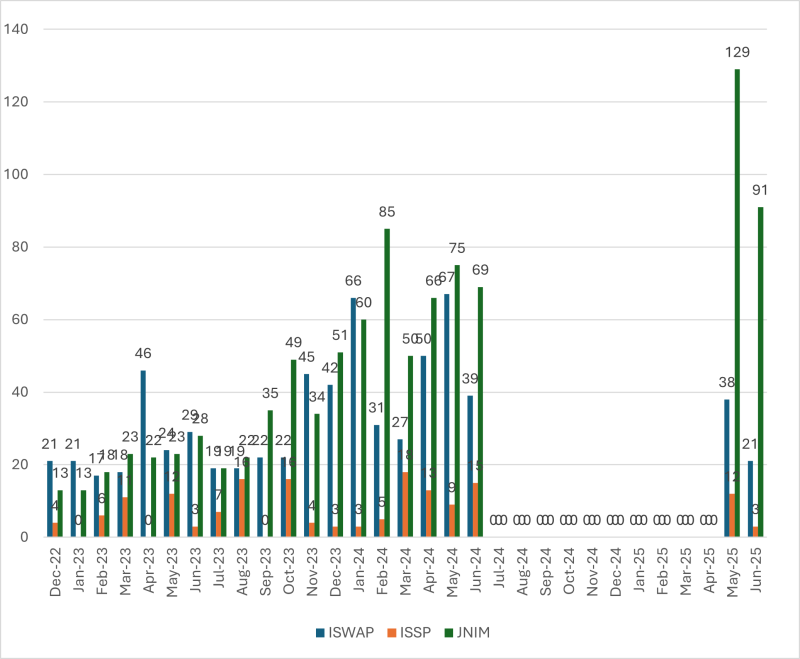
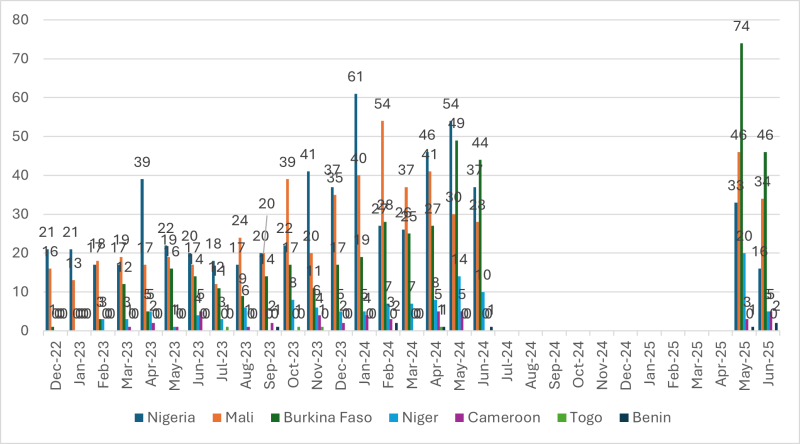
Stay up to date on our latest news.
Get the latest news on extremism and counter-extremism delivered to your inbox.